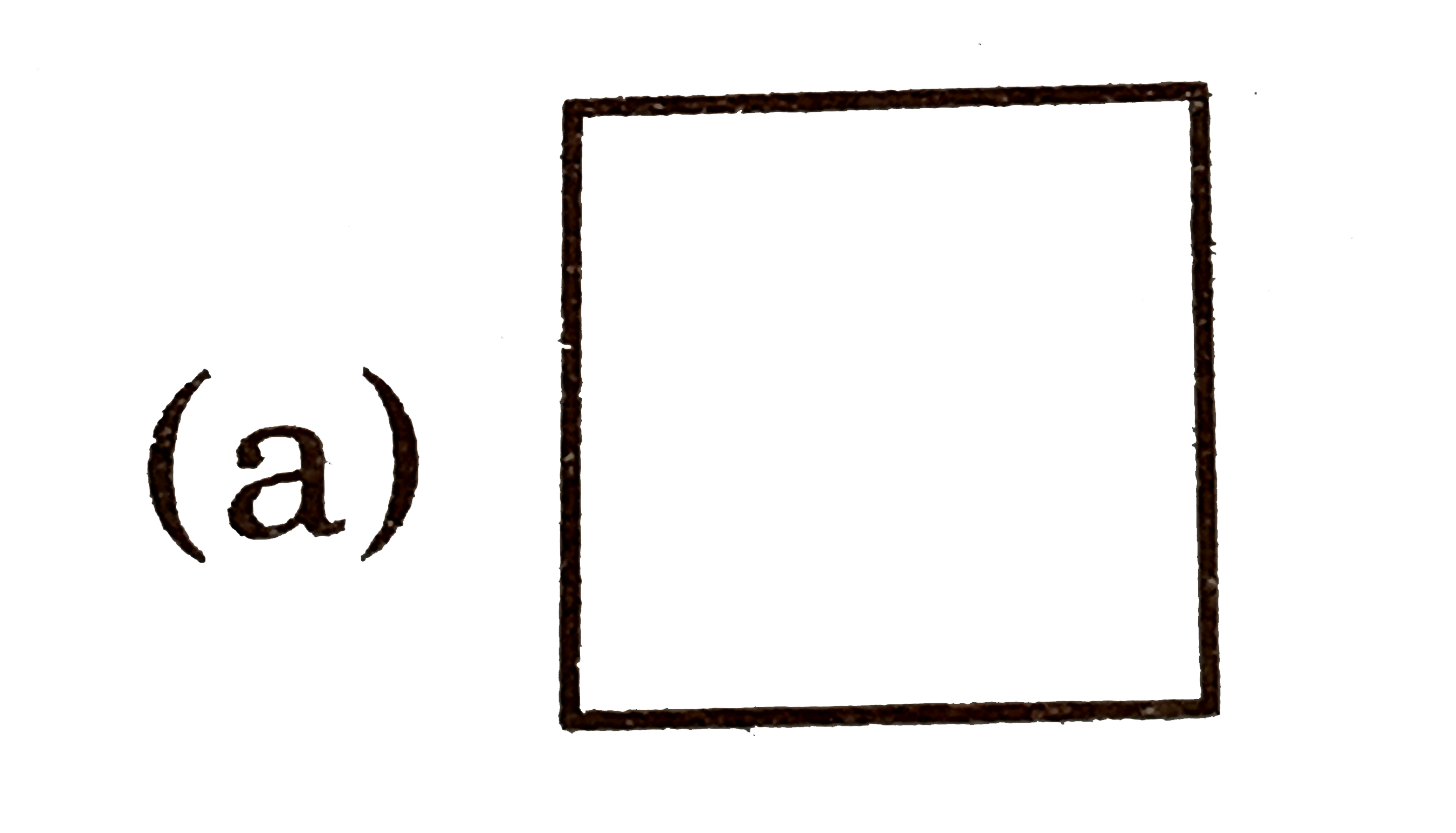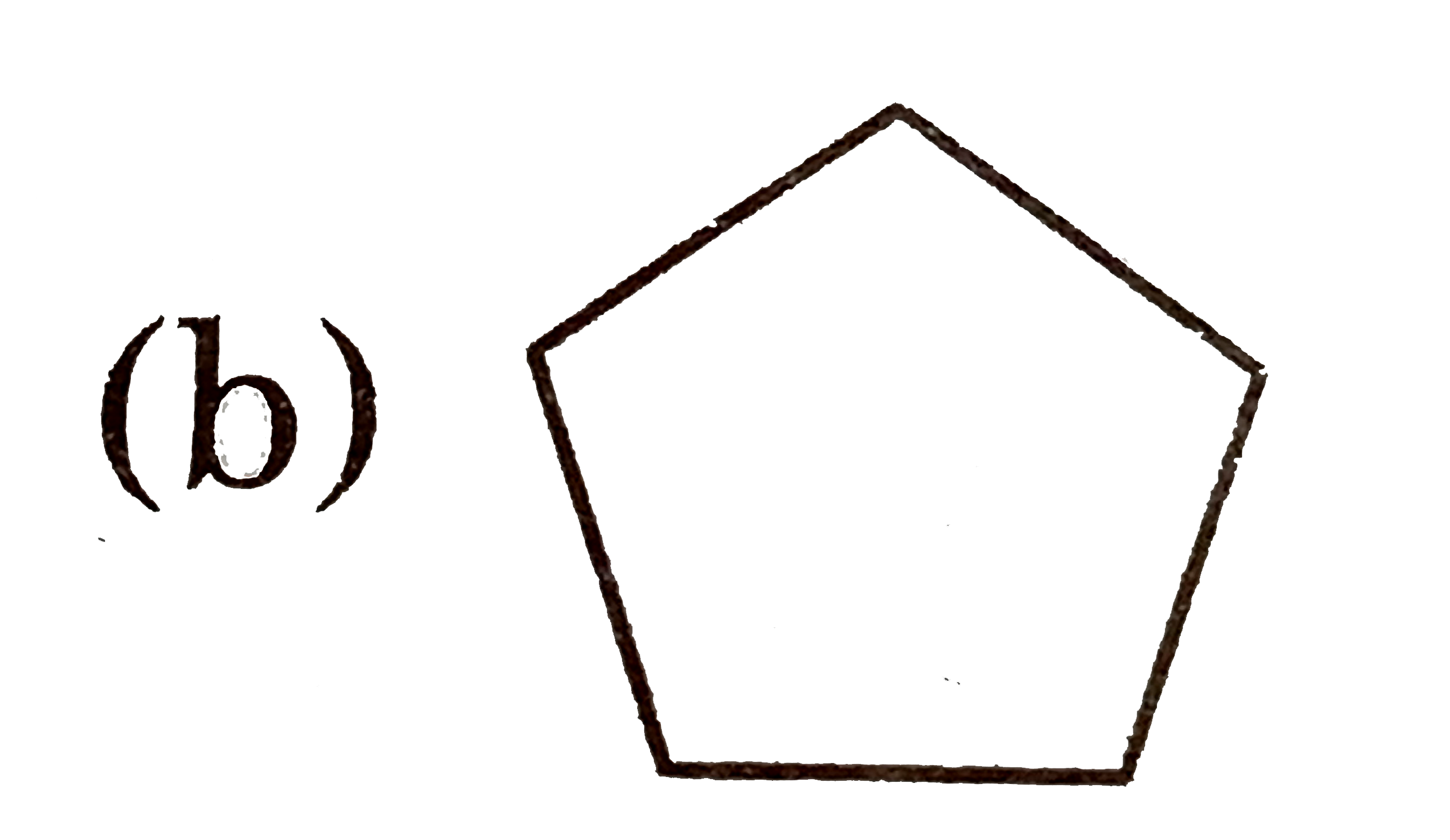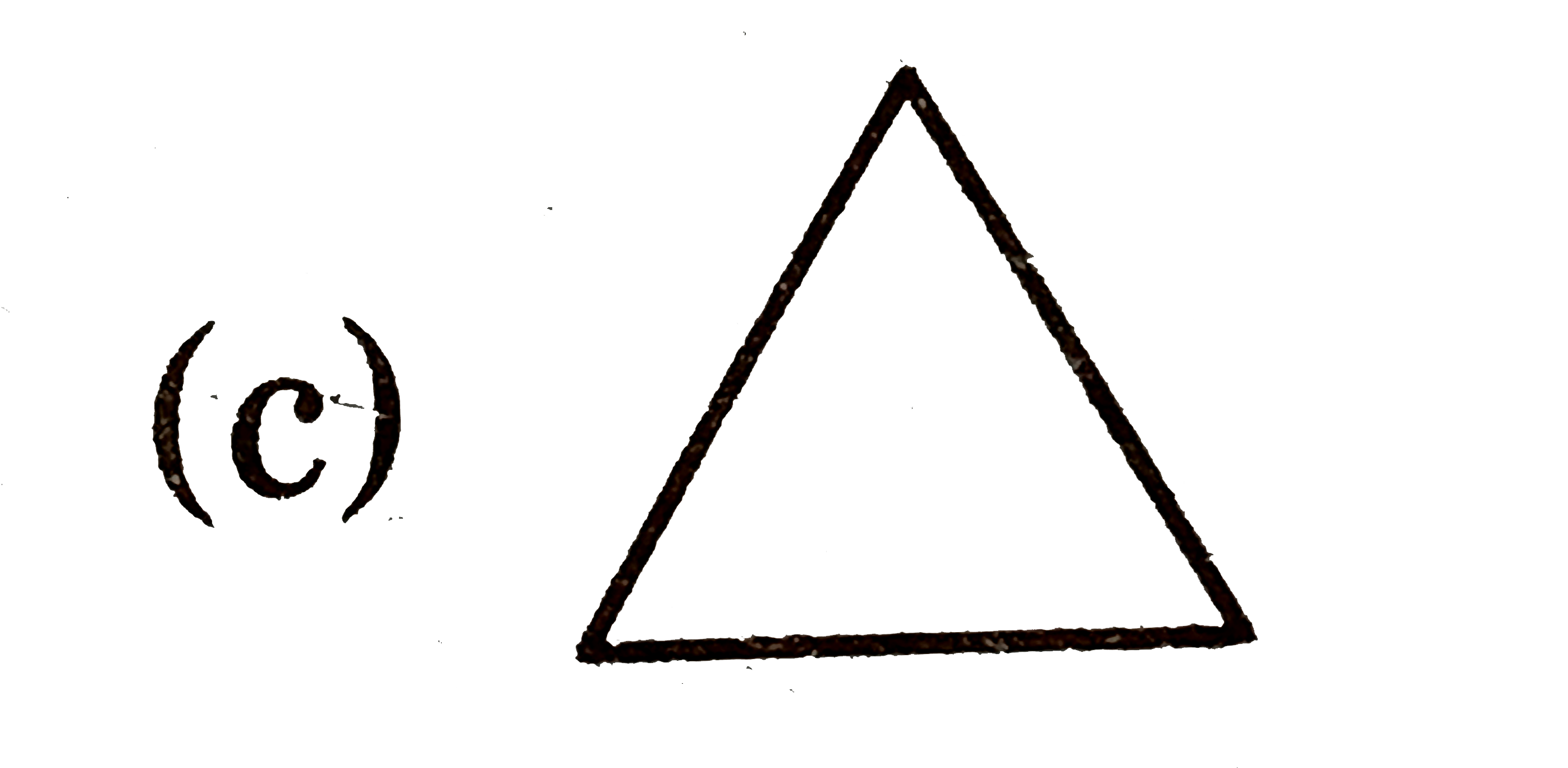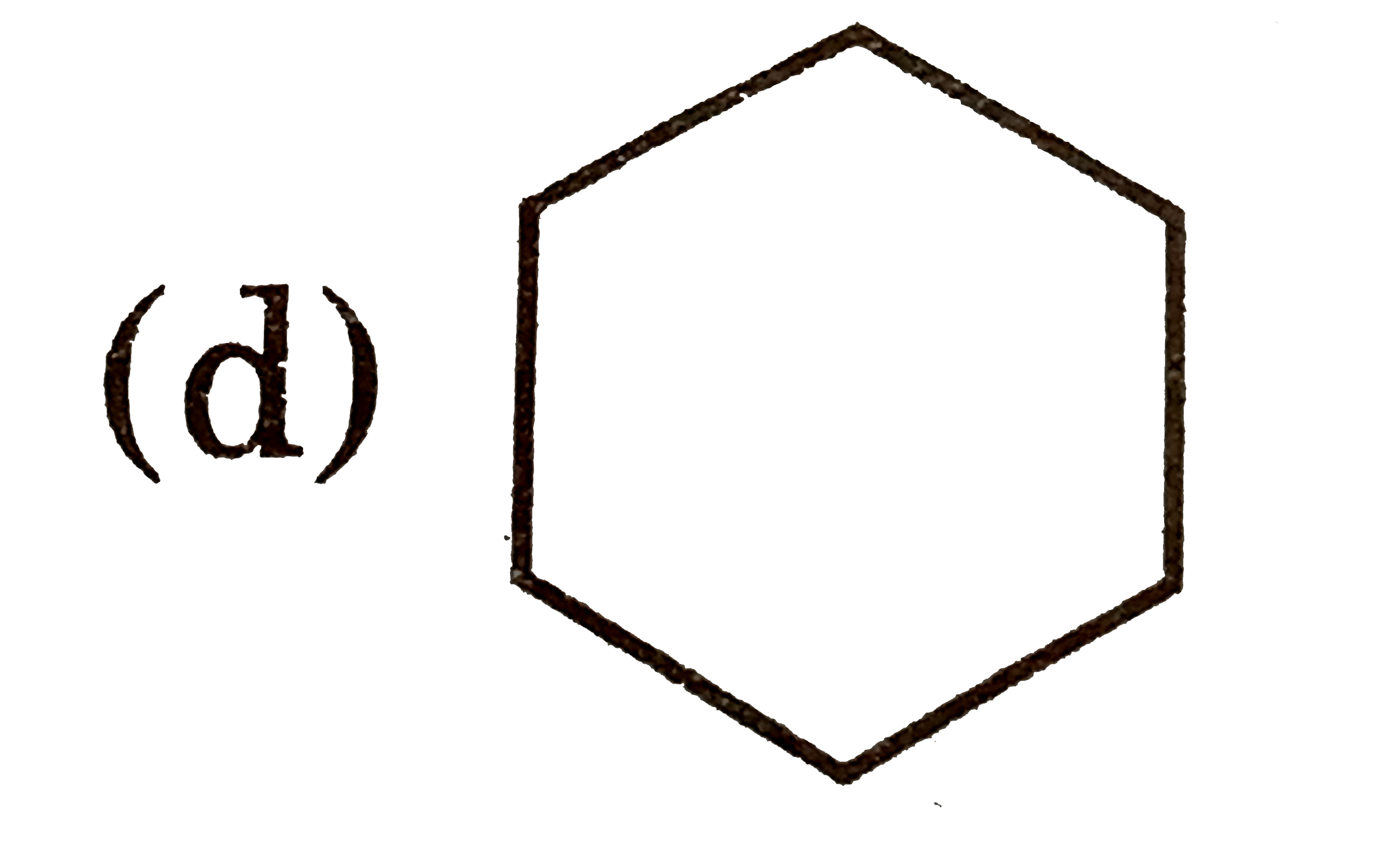The reaction in which the aqueous solution of sodium salt of carboxylic acids on electrolysis give alkanes:
Soda lime decarboxylation
Kolbe's electrolysis decarboxylation
Dry distillation of calcium formate
Reduction of carboxylic acid.
The correct Answer is:B
To solve the question regarding the reaction in which the aqueous solution of sodium salt of carboxylic acids on electrolysis gives alkanes, we can follow these steps:
1. Understanding the Reactants:
- The reactant is the aqueous solution of sodium salt of carboxylic acids, represented as RCOO⁻Na⁺. Here, R represents the alkyl group.
Hint: Identify the structure of the sodium salt of carboxylic acids and recognize the functional groups involved.
2. Electrolysis Process:
- When this sodium salt undergoes electrolysis, it is subjected to an electric current which facilitates the breakdown of the compound.
Hint: Recall that electrolysis involves the movement of ions towards electrodes, leading to chemical changes.
3. Role of Soda Lime:
- Soda lime, a mixture of calcium oxide (CaO) and sodium hydroxide (NaOH), is often used in this reaction. It serves to absorb carbon dioxide (CO₂) produced during the reaction.
Hint: Understand the purpose of soda lime in this context, particularly its ability to absorb CO₂.
4. Decarboxylation Reaction:
- During electrolysis, the carboxylate group (–COO⁻) is removed in the form of carbon dioxide (CO₂). This process is known as decarboxylation.
Hint: Remember that decarboxylation is the removal of a carboxyl group, resulting in the formation of an alkane.
5. Formation of Alkanes:
- The removal of CO₂ leads to the formation of an alkane (R-H), where R is the remaining alkyl group after the carboxyl group has been eliminated.
Hint: Visualize how the structure changes from the sodium salt of the carboxylic acid to the resulting alkane.
6. Naming the Reaction:
- This entire process is specifically known as "Cold Base Electrolysis Decarboxylation". It is important to note that this is distinct from other reactions involving carboxylic acids.
Hint: Familiarize yourself with the terminology used in organic chemistry to describe reactions, especially those involving decarboxylation.
Conclusion:
The reaction in which the aqueous solution of sodium salt of carboxylic acids on electrolysis gives alkanes is known as Cold Base Electrolysis Decarboxylation.
- The reactant is the aqueous solution of sodium salt of carboxylic acids, represented as RCOO⁻Na⁺. Here, R represents the alkyl group.
- When this sodium salt undergoes electrolysis, it is subjected to an electric current which facilitates the breakdown of the compound.
- Soda lime, a mixture of calcium oxide (CaO) and sodium hydroxide (NaOH), is often used in this reaction. It serves to absorb carbon dioxide (CO₂) produced during the reaction.
- During electrolysis, the carboxylate group (–COO⁻) is removed in the form of carbon dioxide (CO₂). This process is known as decarboxylation.
- The removal of CO₂ leads to the formation of an alkane (R-H), where R is the remaining alkyl group after the carboxyl group has been eliminated.
- This entire process is specifically known as "Cold Base Electrolysis Decarboxylation". It is important to note that this is distinct from other reactions involving carboxylic acids.
The reaction in which the aqueous solution of sodium salt of carboxylic acids on electrolysis gives alkanes is known as Cold Base Electrolysis Decarboxylation.
Similar Questions
Knowledge Check
Aqueous solution of Na salt of glutaric acid on electrolysis gives:
A B
B C
C D
D
Sodium salts of carboxylic acids on heating with soda lime give
AalkeneBalkanesCetheneDbenzeneSilver salt of carboxylic acid on reaction with R-X gives
Aalkyl halideBesterCaldehydeDalcohol
Aqueous solution of the following compound on electrolysis gives ethane
View SolutionCarboxylic acids are converted into alkanes by
View SolutionFor preparing an alkane , a concentrated aqueous solution of sodium or potassium salt of saturated carboxylic acid is subjected to
View SolutionA aqueous solution of substance on electrolysis gives ethane. The substance is
View SolutionWhen a concentrated aqueous solution of the NaorK salt of a ……..acid is electrolyzed, an alkane is obtained.
View Solution
